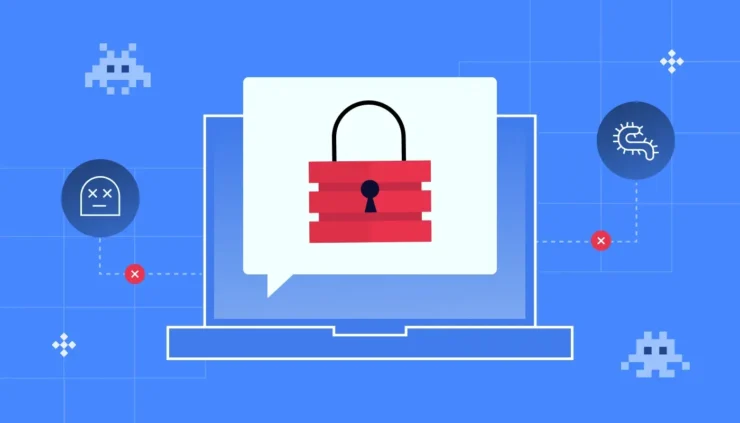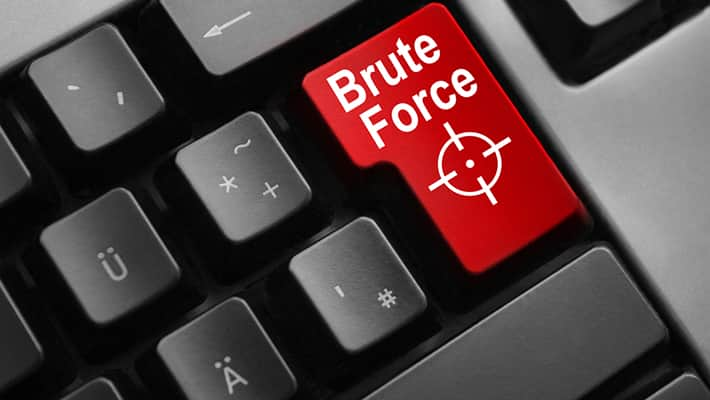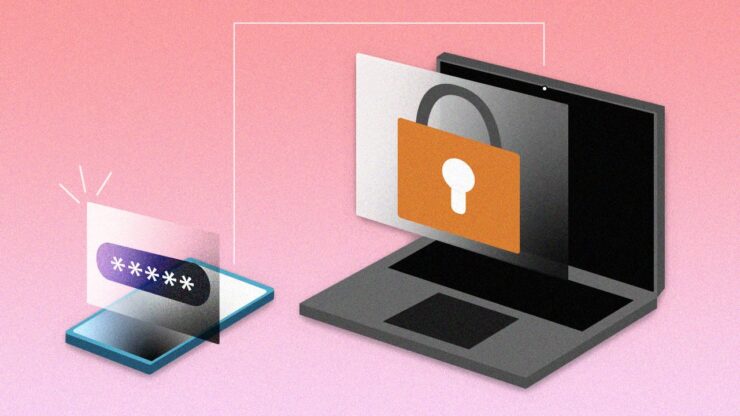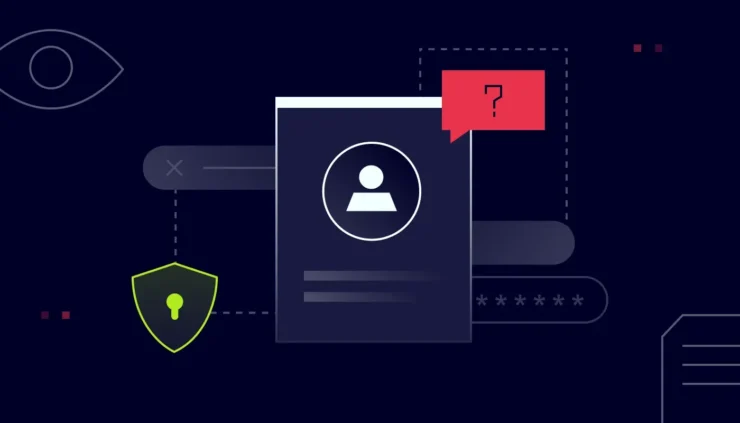Table of Contents
Securing video content has become a priority for many creators and businesses. The idea of locking it behind access codes offers a way to restrict viewing to authorized users. But does it actually stop unauthorized users from getting in?
Let’s examine how effective this approach is and what other factors come into play when protecting your videos.
Key Points
- Access codes are commonly used to restrict viewing.
- Several factors influence how secure codes are.
- Alternative solutions may improve overall security.
How Do Access Codes Work?

The use of access codes is a method where a viewer must enter a unique set of numbers or letters to unlock a video. This allows you to decide who can view the content. The system typically works like this: the video is embedded on a platform or site, and before the viewer can watch it, they must enter the code provided by the content owner. VIDLOCK is an example of a platform that offers this kind of protection, allowing creators to lock their content and generate revenue by controlling access through unique codes.
While it seems secure, the effectiveness of this approach often depends on how you use it. If you give out codes freely, without further protection, anyone with the code can share it. The code itself doesn’t prevent someone from passing it around, which leads to potential issues with unauthorized viewers.
Code Sharing and Its Risks
If a viewer shares their code with others, there’s nothing stopping unauthorized users from watching the video. This can lead to revenue loss for content creators, especially if your business model relies on controlled access.
While unique codes help to some degree, they don’t completely prevent users from distributing those codes to friends, family, or even strangers. Some platforms try to combat this by limiting the number of times a code can be used or linking it to specific devices. However, as long as a code can be shared, the risk remains.
User Experience Matters
Aside from security, the user experience must also be considered. Codes can make access more difficult for viewers, especially if they are required to go through multiple steps to unlock a video. If it’s not user-friendly, viewers may lose interest or decide not to continue. It’s important to find the right balance between security and ease of use.
Some platforms require viewers to register before getting the code, which can be off-putting for some users. Others may find the process too complicated, especially if they’re unfamiliar with how access codes work. Making sure the system is intuitive and straightforward is crucial for maintaining viewer engagement.
The Human Element

Human error often plays a role in how secure any method is, and access codes are no exception. If you send out codes via email or messages, they could easily be copied or forwarded. Users might store them in insecure places, leading to further risk. Many users also use the same codes or weak combinations, making it easier for someone to guess or brute-force the code.
Content creators need to educate their audience about the importance of keeping codes secure. However, no matter how much you emphasize it, there will always be those who are careless with their codes, leading to unintended access.
Technical Limitations
The technology behind access codes has its limits. If someone wants to bypass it, they might. For example, a determined hacker could exploit weaknesses in the code entry system or find ways to access the content without needing the code at all. Using simple access codes, especially without multi-factor authentication or encryption, exposes your content to risks.
Furthermore, some people use screen recording software to capture the content once they’ve unlocked it. This circumvents the entire purpose of using access codes in the first place. Even if the video is locked behind a code, it doesn’t stop someone from recording and sharing it once it’s unlocked.
Alternatives to Access Codes
Given the limitations, creators and businesses might want to explore other options to strengthen security. Multi-factor authentication, for instance, can add another layer of protection by requiring not only a code but also another verification method, such as a phone number or email address. This ensures that even if someone shares the code, the content remains inaccessible without the additional verification step.
Encryption is another effective measure. Encrypting your videos ensures that even if unauthorized users access them, they won’t be able to view the content without the proper decryption key. This adds another level of complexity and makes it more difficult for people to steal your content.
Watermarking your videos can also act as a deterrent. If users see that your content has a visible watermark, they may be less likely to share it illegally. Watermarking also makes it easier to track the source of unauthorized copies.
Balancing Security and Convenience

Access codes offer a basic level of control, but they aren’t foolproof. To truly protect your content, you must consider a combination of methods. Using a platform that integrates access codes with other security measures can greatly reduce the risk of unauthorized access.
For many, the challenge lies in balancing security with user convenience. The more layers of protection you add, the more complicated the process becomes for legitimate users. However, neglecting security altogether puts your valuable content at risk.
Ultimately, content creators must decide what level of protection is necessary. For some, simple access codes may be enough. For others, combining codes with multi-factor authentication, encryption, and watermarking might be the better option.
Final Thoughts
Access codes alone can’t guarantee complete security for your videos. While they do prevent casual viewers from accessing the content, they aren’t strong enough to block all unauthorized access. Codes can be shared, copied, or even guessed, which makes them less reliable than more advanced security measures.
Adding other layers of security, like multi-factor authentication or encryption, can improve protection. Ultimately, the right solution depends on the value of the content and how much you’re willing to invest in securing it. For high-value or monetized content, it’s essential to go beyond simple access codes to keep unauthorized users out.

